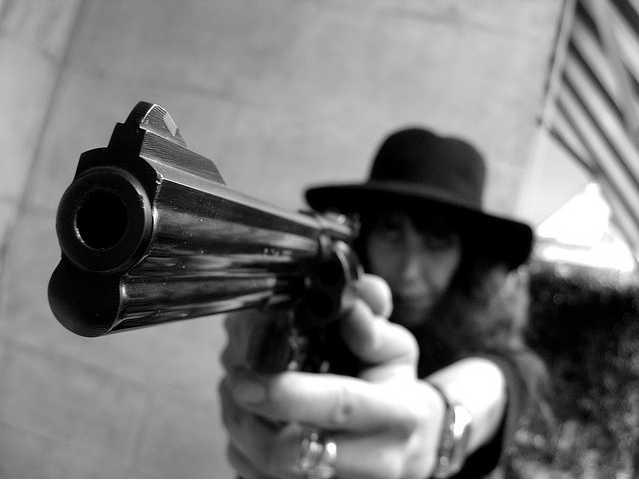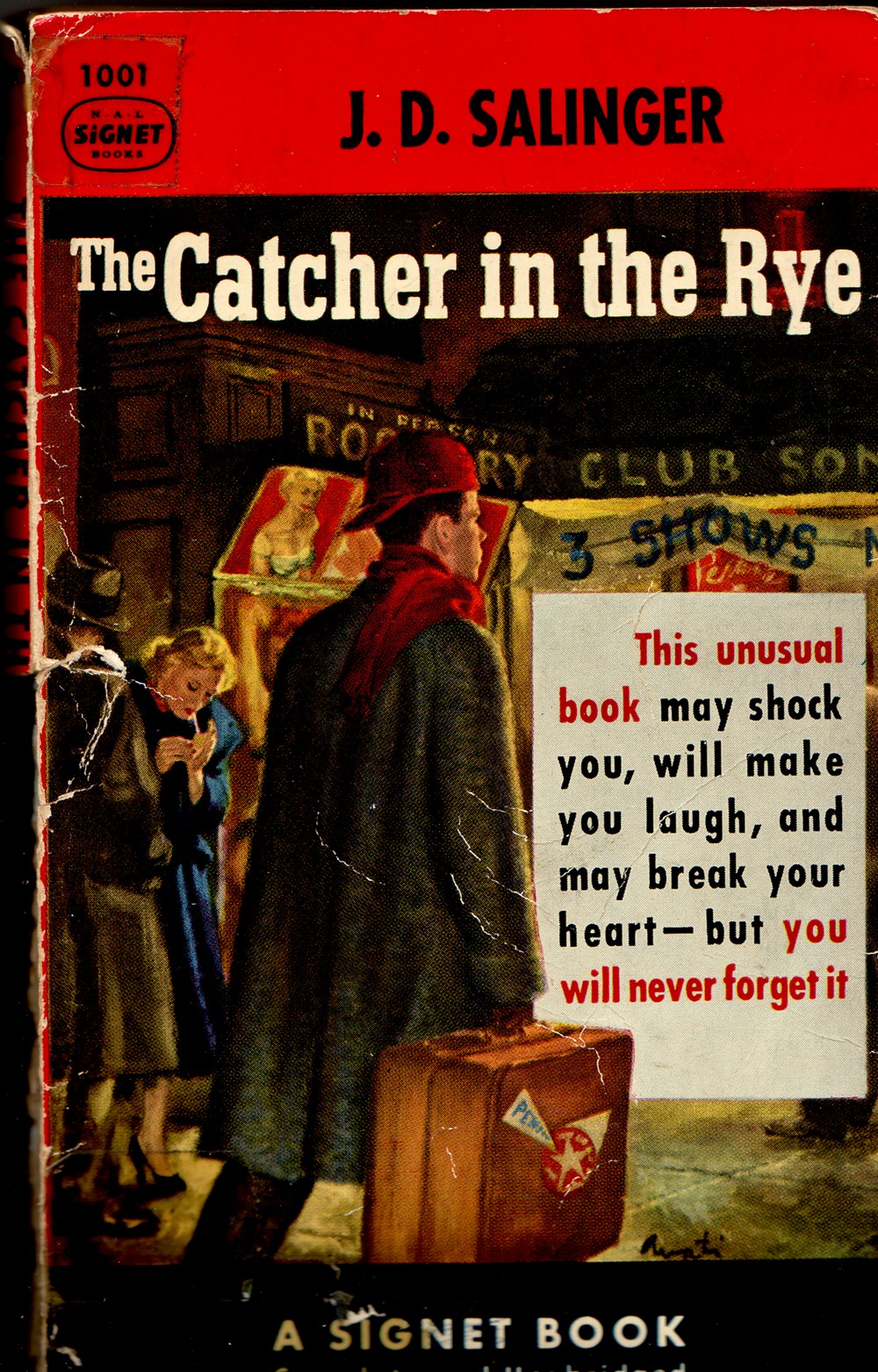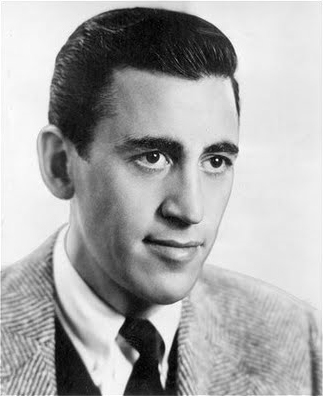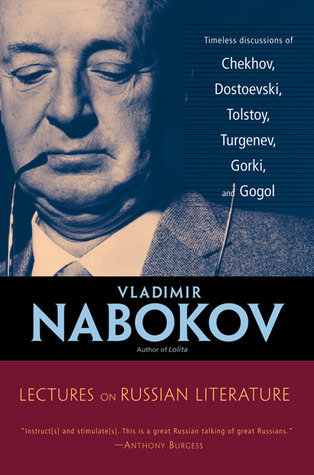Theme Essay by Laurie Weisz
How I Renounced the Critical Mafia

When I was thirteen, I read both J.D. Salinger’s The Catcher in the Rye and Mary McCarthy’s Memories of a Catholic Girlhood. The narrators in these books delivered an immediate, fervid, opiate-like escape. I never looked like Hayley Mills; I didn’t have the requisite Mayflower dossier for the school I attended. My self-conscious inferiority leaked out of me so transparently that I might as well have been standing on dry ice in July. What a relief, then, to pluck away the delicate barrier between narrator and reader—to enter someone else’s dank hinterland.
It’s a strangely intimate process, choosing a writer’s world over your own. Immersion, submission, abandon. Writers like Salinger, McCarthy, and Thomas Wolfe introduced me to the total union, the undiscerning love, that can exist between a book and a reader. For any awkward, estranged adolescent, writing is a desire to be understood—and writers are their own lawyers. They want to explain the logic of their actions, the nuanced parameters of the world they live in.
So, how did a seventeen-year-old reading junkie endure the tidal wave of criticism that is academia?
With some indignation. The vaguely predatory, self-referential nature of literary criticism still bothers me, along with the armies of pretentious lit majors who take critics more seriously than the original text. After college, I never dallied in a literary hothouse. I’ve spent my adult life designing and printing T-shirts, working for polo players, and teaching snotty kids how to ride. My father called it peasants' work.
I’m not howling against critics. In the New York Review of Books, a review can outshine the novel. But I’ll always have reservations about the relative importance of criticism and art. Without writers pouring their guts into books, critics would evaporate. A certain lack of perspective wafts out of this Harold Bloom quote from his 2011 book The Anatomy of Influence:
In the finest critics one hears the full cry of the human. They tell us why it matters to read.
Really? Instead, I hear the three I’s: irrelevant, indulgent, inflated. Not all critics rival Bloom’s elephantine pomposity, but I’d rather read a book myself first, before I know if the New Yorker mafia has given it a thumbs up or down.
 In 1972, I entered UC Santa Cruz: a stunning, grassy campus above the Pacific coast, stocked with organic hippies, refined pot, and every model of eccentric college student. There I learned that two tribes of academic lit majors exist: Erudites and Irreverents.
In 1972, I entered UC Santa Cruz: a stunning, grassy campus above the Pacific coast, stocked with organic hippies, refined pot, and every model of eccentric college student. There I learned that two tribes of academic lit majors exist: Erudites and Irreverents.
The Erudites believe they belong at Yale. They embrace criticism as if it were a Rococo form of art. They are well read and happy to sit around and disembowel fiction or poetry like a group of taxidermists evaluating a dead animal.
The Irreverents are usually writer wannabes, who would rather learn the craft from someone other than the fledgling hacks in their creative writing workshops. They see themselves as artistic anarchists and are frequently unable to distinguish good writing from bad. Their response to the Brahmin tier of literary critics: Who cares?
At UCSC, I impersonated an Irreverent, but in the words of Holden Caulfield, my pose was phony, if not downright ungrateful. I was a half-assed college student, chronically behind on assigned reading. An hour before way too many classes, I'd scrounge in the library, gorging on Leslie Fiedler and Malcolm Cowley, Lionel Trilling and Elizabeth Bishop, ingesting their opinions to discuss books I had yet to crack open.
In the ‘70s, I also began to read Andrew Sarris, then a film critic at the Village Voice. Sarris could take the vaguely surreal, haunting fog that settled over the theater whenever I watched one of Fritz Lang’s movies—such as his 1931 classic M, in which Peter Lorre plays a child murderer—and turn it into an epigram. “Fritz Lang’s cinema is the cinema of the nightmare, the fable, and the philosophical dissertation,” Sarris wrote in his 1968 book, The American Cinema.
Evocative critics extend the landscape of whatever art they are writing about. They create space around your brain. There are outrageous critics, too, and my enjoyment of their humor reflects an early addiction to Mad Magazine’s “Snappy Answers to Stupid Questions.” Truman Capote on Jack Kerouac: “That isn’t writing, it’s typing.” Stanley Kauffmann on Truman Capote: "This isn't writing, it's research.” Or as Kauffmann added in his 1966 review of In Cold Blood:
This is Reddiwip writing—goo that gushes out under the force of compressed air and that, unless one puts it to the test of taste, looks like the real thing.
In a world riddled with contention, some of the most lucid, incisive critics go against the grain. Here’s Mary McCarthy, writing about Salinger’s later creation, the Glass family, in her 1962 Harper’s article “J.D. Salinger’s Closed Circuit”:
To be confronted with the seven faces of Salinger, all wise and lovable and simple, is to gaze into a terrifying narcissus pool. Salinger’s world contains nothing but Salinger, his teachers, and his tolerantly cherished audience—humanity; outside are the phonies, vainly signaling to be let in, like the kids’ Irish mother, Bessie, a home version of the Fat Lady, who keeps invading the bathroom while her handsome son Zooey is in the tub or shaving.
 When I originally read this article in college, I had never heard anyone criticize Salinger. I had to hand it to Mary; to take down the almighty J.D. in the mid-‘60s was a lonely act.
When I originally read this article in college, I had never heard anyone criticize Salinger. I had to hand it to Mary; to take down the almighty J.D. in the mid-‘60s was a lonely act.
Even so, I’d only read Salinger with a teenager’s ferocious loyalty. I didn’t fully appreciate McCarthy’s perspicacity until I reread a lot of his work several years ago, partly to remember myself as a thirteen-year-old reader. Holden Caulfield still holds his own, but the Glass family smacks of a writer’s fantasy. It has the whiff of an expired dairy product—sweet and precious on its way to curdled.
Now I keep melding the Glass family with characters in The Royal Tenenbaums, a 2001 film by Wes Anderson. In the movie, Margot Tenenbaum (Gwyneth Paltrow) is in the tub, painting her nails, smoking and watching television. Her anxious mother (Angelica Houston) raps on the closed door, badgering her disinterested daughter with pissy questions—just as Zooey Glass stretches out in his tub, smoking, a sacred letter from his brother Buddy in hand, while his frumpy mother is sitting on the toilet.
The drug-addled character played by Owen Wilson could be channeling Salinger when he confesses to Margot, “I always wanted to be a Tenenbaum.” While Wes Anderson intends his characters to be preposterous, Salinger is deferential to his exalted clan.
I have always had respect for the debunker. Still, I'll never believe that the opinions of critics, quoted ad infinitum, should mold my reactions to any kind of art. There’s something cowardly about not processing your own gut reaction, even if it doesn’t make a lot of sense. My ability to yank a piece of art or writing out of its cultural context may be my own ticket to innovation.
As the writer and critic Vladimir Nabokov said of his reader: “No director of conscience and no book club can manage his soul.”
 Publishing Information
Publishing Information
- The Anatomy of Influence: Literature as a Way of Life by Harold Bloom (Yale University Press, 2011).
- The American Cinema: Directors and Directions, 1929-1968 by Andrew Sarris (Dutton, 1968).
- “Capote in Kansas” by Stanley Kauffmann, The New Republic, January 22, 1966.
- “J. D. Salinger’s Closed Circuit” by Mary McCarthy, Harper’s Magazine, October 1962.
- Lectures on Russian Literature by Vladimir Nabokov (Harcourt, 1981).
Art Information
- "DonaKiLLer (Six Fast Sons)" © khem93; Creative Commons license.
- J.D. Salinger, photographed by Lotte Jabobi October 11, 1950 © Lotte Jacobi Collection/University of New Hampshire; used under fair-use guidelines.
 Laurie Weisz is a contributing writer at Talking Writing.
Laurie Weisz is a contributing writer at Talking Writing.
She lives on a horse farm in New Hampshire, where she does graphic design, screenprinting, and trains young horses. She belongs in a twelve-step program for audio book junkies, and is working on a collection of short stories about polo.
